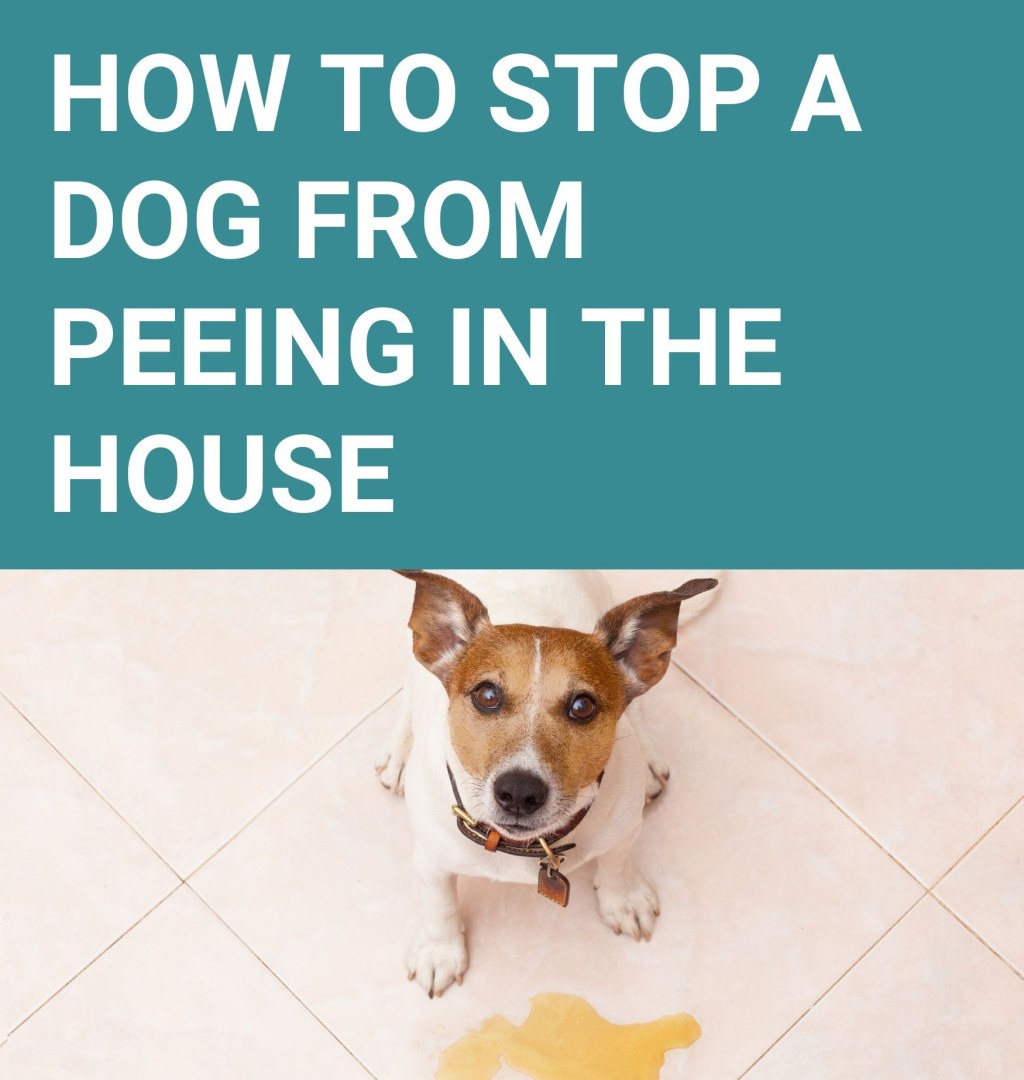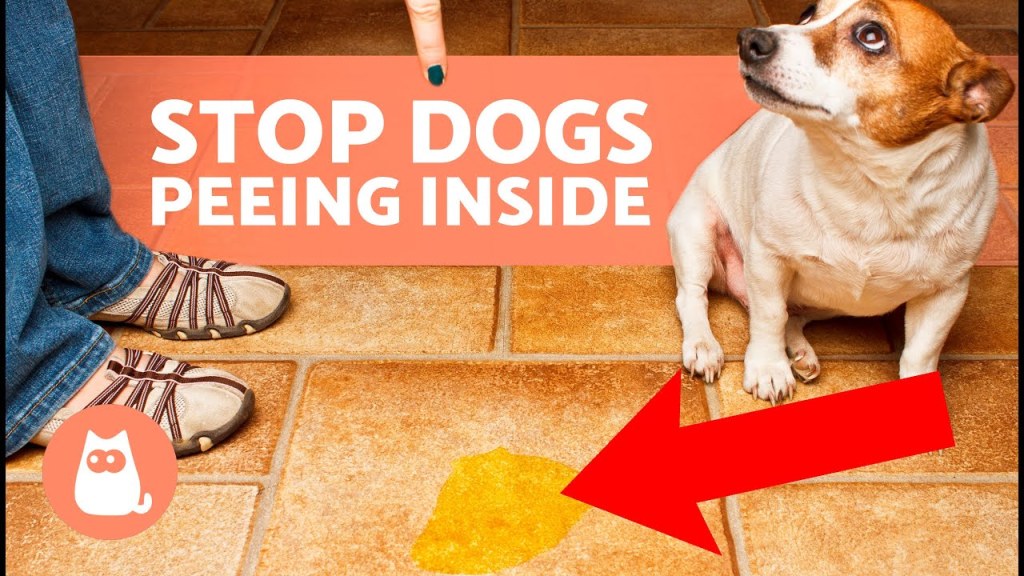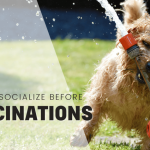Effective Methods To Stop Puppies From Peeing In The House: Expert Tips And Actionable Solutions
How to Punish Puppies for Peeing in the House
Introduction
Hello, Puppies Lover! If you’ve recently brought home a new furry friend, you may be facing the challenge of house training them. While accidents are bound to happen, it’s important to teach your puppy where they should and shouldn’t relieve themselves. In this article, we will explore effective and humane ways to punish puppies for peeing in the house, helping you establish a clean and hygienic environment for both you and your adorable pet.
3 Picture Gallery: Effective Methods To Stop Puppies From Peeing In The House: Expert Tips And Actionable Solutions



What to Do
🐾 Consistency is key when it comes to housetraining. Set up a routine and stick to it. Take your puppy outside frequently, especially after meals and naps, and reward them with praise and treats when they urinate in the appropriate spot.

Image Source: zipify.com
🐾 Create a designated potty area in your yard. By consistently bringing your puppy to the same spot, they will associate it with going potty. This will help prevent accidents inside the house.
🐾 Use positive reinforcement to encourage good behavior. Treats, verbal praise, and petting can all be effective rewards when your puppy goes outside to pee. This will strengthen the bond between you and your furry friend and motivate them to repeat the behavior.

Image Source: babelbark.com
🐾 Supervise your puppy closely indoors. By keeping a watchful eye on them, you can catch them in the act and redirect them to the appropriate spot outdoors. This reduces the chances of accidents and provides an opportunity for immediate correction.
🐾 Consider crate training. A crate acts as a den for your puppy and can be an effective tool for housetraining. Dogs have a natural instinct to keep their den clean, so they are less likely to relieve themselves inside their crate.

Image Source: ytimg.com
🐾 Use deterrents to discourage indoor accidents. There are various products available that emit scents or sounds that puppies find unpleasant. By applying these deterrents to areas where your puppy has previously peed, you can discourage them from repeating the behavior.
🐾 Seek professional help if needed. If your puppy continues to have accidents indoors despite your best efforts, it may be beneficial to consult a professional dog trainer or behaviorist for guidance and additional training techniques.
Who Should Follow These Methods
🐾 New puppy owners who are in the process of housetraining their furry companions.
🐾 Dog owners who are facing challenges in teaching their puppies where to relieve themselves.
🐾 Individuals who want to establish a clean and hygienic living environment for themselves and their pets.
When to Implement These Techniques
🐾 Start implementing these techniques as soon as you bring your puppy home. Early intervention is crucial for successful housetraining.
🐾 Continue using these methods until your puppy consistently eliminates in the appropriate areas.
Where to Apply These Methods
🐾 These methods should be applied both indoors and outdoors. Indoor training focuses on redirecting your puppy to the appropriate spot, while outdoor training establishes a designated potty area.
Why These Techniques are Important
🐾 Punishing puppies for peeing in the house is crucial to establish proper hygiene and prevent unwanted behavior in the future.
🐾 It helps create a clean and pleasant living environment for both you and your puppy.
🐾 Consistent housetraining reduces the chances of accidents and promotes a strong bond between you and your furry companion.
How to Implement These Techniques
🐾 Start by setting a routine and sticking to it. Take your puppy outside frequently and reward them for going potty in the right place.
🐾 Use positive reinforcement such as treats, praise, and petting to encourage good behavior.
🐾 Supervise your puppy indoors and redirect them to the appropriate spot outdoors when needed.
🐾 Consider crate training as a means to prevent indoor accidents.
🐾 Apply deterrents to areas where your puppy has previously peed to discourage them from repeating the behavior.
Advantages and Disadvantages
🐾 Advantages:
1. Establishes proper hygiene and cleanliness in your home.
2. Strengthens the bond between you and your puppy through positive reinforcement.
3. Reduces the chances of indoor accidents and the associated clean-up.
4. Promotes a healthy and happy living environment for both you and your furry companion.
5. Builds a foundation for future obedience and training.
🐾 Disadvantages:
1. Requires time and consistency to implement these techniques effectively.
2. Some puppies may require additional training methods or professional help.
3. It may take some time for your puppy to fully grasp the concept of housetraining.
FAQs
Q: Is punishing puppies for peeing in the house cruel?
A: No, when done correctly, punishment should be used as a correction tool, not as a means to harm or scare your puppy.
Q: Should I use physical punishment to discipline my puppy?
A: No, physical punishment can lead to fear and aggression in puppies. Positive reinforcement is a much more effective and humane approach.
Q: Can I punish my puppy after the fact?
A: No, punishing your puppy after they have had an accident will not effectively teach them where they should go potty.
Q: How long does it take to housetrain a puppy?
A: The time it takes to housetrain a puppy can vary depending on the breed, age, and individual characteristics. It can take anywhere from a few weeks to several months.
Q: What if my puppy continues to have accidents despite following these techniques?
A: If your puppy is not responding to the methods mentioned, it’s best to seek professional help from a dog trainer or behaviorist.
Conclusion
In conclusion, teaching puppies where to relieve themselves is an essential part of being a responsible pet owner. By following the techniques outlined in this article, you can effectively and humanely punish puppies for peeing in the house. Remember to be patient, consistent, and use positive reinforcement to encourage good behavior. Together, you and your furry friend can create a clean and harmonious living environment. Happy training!
Final Remarks:
It is important to note that punishing puppies for peeing in the house should never involve physical harm or fear-inducing methods. The techniques mentioned in this article focus on positive reinforcement, consistency, and redirection. Every puppy is unique, and it may take time to find the method that works best for your furry companion. Always prioritize their well-being and consult a professional if you encounter difficulties in the training process. Good luck!
This post topic: Puppies



